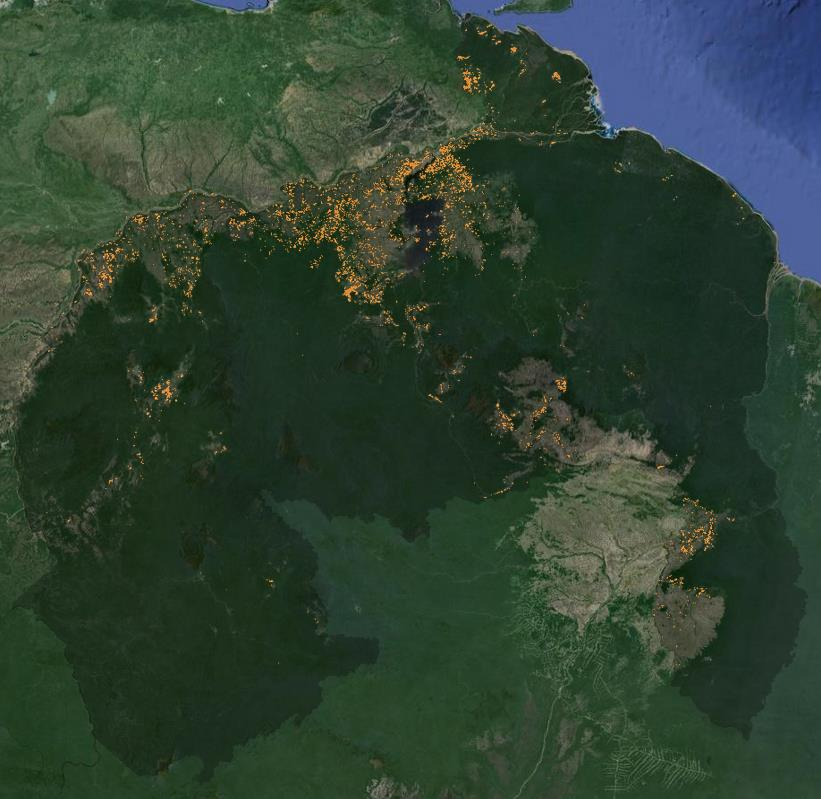2024 has witnessed an alarming increase in vegetation fires in the Venezuelan Amazon. Using Landsat satellite data and NICFI-Planet data we conducted a spatial analysis.
The results revealed that an area of at least 12,250 km² was impacted by fires between March and May 2024, of which more than 80% corresponded to fires of moderate or high severity. In addition, when analyzing vegetation cover, we identified that herbaceous vegetation and agricultural areas were the most affected, followed by forests.
Area burned, in hectares and by land cover/land use category, for the Venezuelan Amazon.
The increase in the extent and severity of these fires is not an isolated phenomenon. Our findings suggest that this situation is fundamentally caused by human activities. On the one hand, uncontrolled activities such as the expansion of illegal mining and the agricultural frontier have progressively degraded the habitat, creating a favorable environment for the spread of fire.
Tolerance, and in some cases promotion, of illegal activities such as mining intensifies environmental degradation, aggravating the situation. The Venezuelan Maduro regime has facilitated the advance of illegal activities such as uncontrolled mining.This not only endangers the region's biodiversity, but also the essential ecosystem services provided by the Amazon, such as climate regulation and water conservation, which are fundamental both locally and globally.
The alarming increase of fires in the Venezuelan Amazon is a complex problem that requires immediate attention and a comprehensive approach. At @SOSOrinoco, we continue to monitor these events using advanced tools and updated satellite data, while urging the implementation of effective policies. It is crucial to combine prevention, control and restoration measures.



